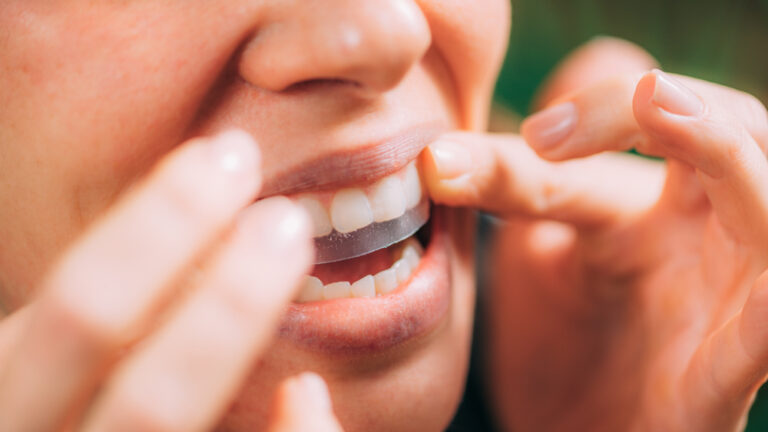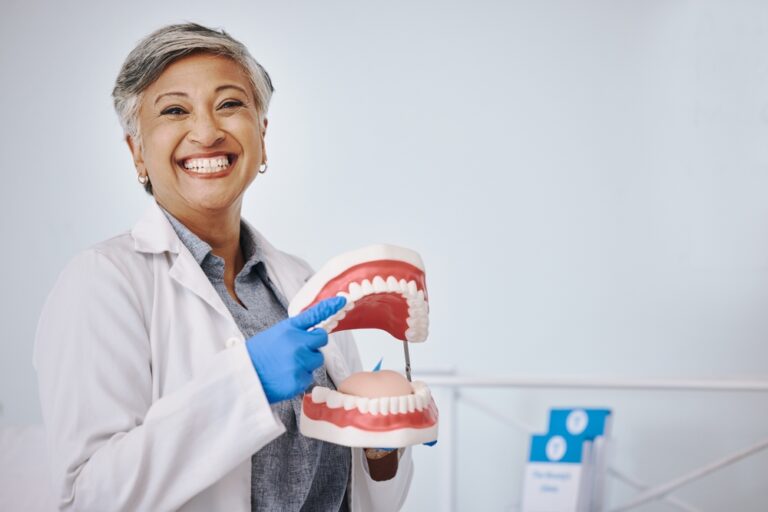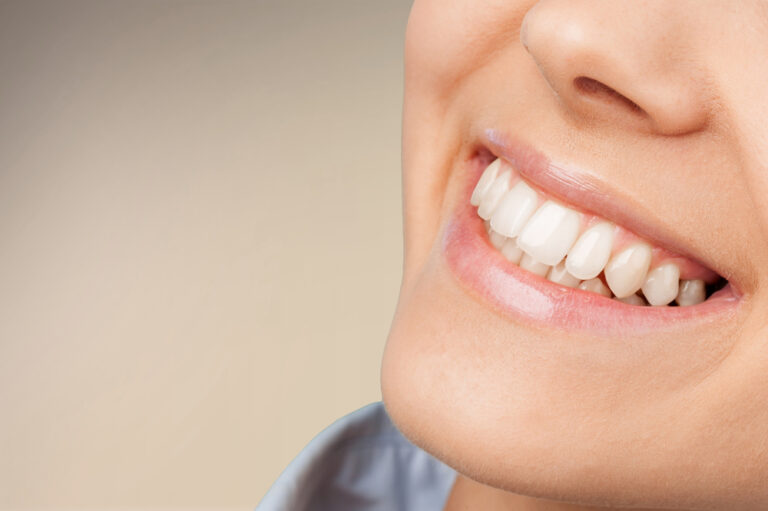Having a tooth knocked out or avulsed can be an extremely distressing and traumatic event. But with prompt emergency care, many lost teeth can be successfully replanted. This requires urgent action and follow-up care, but is often the best chance for saving the tooth.
What to do immediately if a tooth is knocked out?
Acting quickly if a tooth is knocked out is critical for the best chances of survival. Follow these steps for emergency care on the scene:
1. Try to find the tooth
The first priority is locating where the lost tooth has gone. Look carefully all around the area where the injury took place. Also have the person gently rinse their mouth with warm water to flush away extra blood and improve visibility. Keep an eye out for the tooth as they rinse.
If you can’t find the tooth immediately, don’t panic. But make every effort to search thoroughly and carefully. Have the person spit any blood or fluid into a sink or bowl to isolate the tooth if dislodged into the mouth. Shine a flashlight around if needed for better visibility. The quicker you can recover the tooth, the better.
2. Determine if it’s a primary or permanent tooth
Once found, examine the tooth to determine if it’s a primary (baby) or permanent tooth.
Primary teeth should not be replanted if knocked out. Let the natural exfoliation process take place as the permanent tooth moves in. Replantation will likely damage the underlying permanent tooth bud.
For permanent teeth, the goal is to replant them as soon as possible. Making efforts to save knocked out adult teeth is important for best long-term dental health.
3. Handle the tooth very gently
Once you’ve found and identified the tooth, it’s crucial to handle it carefully to avoid further damage.
- Pick it up by the crown, the white part of the tooth. Avoid touching the root portion as much as possible.
- Be very gentle. The ligaments and connective tissues are easily damaged if handled roughly.
- Take care not touch or scrape the root surface if at all possible. This can damage the root surface and introduce harmful bacteria that lower replantation success.
- Try to avoid grasping the tooth too firmly as pressure can crush delicate nerve tissues and cells needed for healing and reattachment.
Handle knocked out teeth gingerly by the crown and avoid the root to give replantation the highest chances of success. Harsh handling lowers the odds of survival.
4. Gently rinse away debris
Once recovered, gently rinse off the tooth’s root and crown under cool water for about 10 seconds to remove dirt and debris. Don’t scrub vigorously, just gently wash.
You want to clean away contaminants, but avoid forceful handling that can disrupt fragile tissues important for reintegration of the tooth.
5. Choose a storage method
Once rinsed off, the tooth will need proper storage as you travel to emergency dental treatment. Keeping the cells on the root surface moist and viable is crucial.
Some possible options for temporary tooth storage include:
- Milk. Place the tooth in a container of cool whole milk, enough to submerge the crown and root. The proteins and nutrients help preserve the living cells on the root surface.
- Saline solution. Put the tooth in a small cup of saline solution, like that used for contacts.
- Dental preservation solution. If available, use a specialized product like Save-a-Tooth to store and transport the tooth.
- Cold tap water. As a last resort only, store in cold water. But this is less ideal than other storage media.
- In the mouth. Have the person gently hold the tooth between their cheek and gum, making sure not to swallow it. Take care not to let the root directly touch the wounded area.
The key goal is keeping the sensitive root cells moist and alive. Avoid dry storage or direct contact with any heating or cooling source. Get to emergency dental treatment as fast as possible, ideally within 30 minutes. The shorter the period out of the body, the better.
6. Get emergency dental treatment immediately
Once secured, immediately seek emergency professional dental care. Call your dentist’s emergency contact number or a 24 hour emergency dental clinic. Timeliness is essential for optimal results.
- Treatment within 30 minutes gives the highest chance of success. Do not delay.
- Treatment within 1-2 hours still provides decent odds, though lower than very prompt care.
- After 3 or more hours dry, the prognosis worsens significantly. But still seek care ASAP to try preserving the tooth.
With very speedy emergency replantation, success rates of over 95% are possible for immature permanent teeth. But this drops sharply with time, making urgency critical.
Follow all instructions from the emergency dentist. With rapid professional treatment, many knocked out mature teeth can be saved and last for years to come.
What will the dentist do for a knocked out tooth?
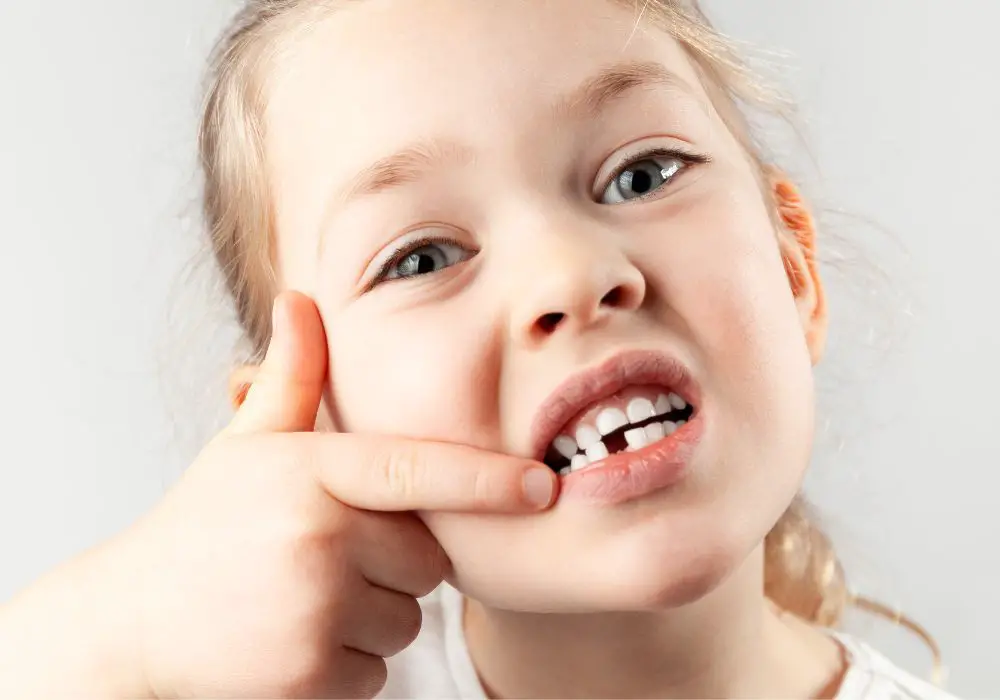
Once at the emergency dental office, the dentist will assess the situation and proceed with steps aimed at replanting the tooth. Treatment procedures may include:
Cleaning the tooth
The dentist will gently clean the tooth further using gauze, light brushing, and irrigation solutions. This removes debris and rinses away microbes or tissue that may impede healing after replantation.
X-rays and examination
The dentist will carefully examine the tooth both visually and with dental x-rays. This lets them check for fractures, root damage, and surrounding bone injuries not visible to the naked eye.
Gently reinserting the tooth
Once prepped, the dentist will gently ease the tooth back into the empty socket, reinserting it in its original position if possible. Proper alignment is important for optimal long-term stability and functionality.
Splinting for stabilization
After replantation, the tooth will be splinted to the adjacent teeth using dental wire, composite banding, a flexible plastic splint, or other stabilizing material. This temporary splinting holds the tooth securely in place during initial healing. It protects the replanted tooth from reinjury during biting and chewing.
Additional dental procedures
Further emergency care may involve gum tissue repositioning or stitching if needed. Root canal therapy is sometimes begun at this first visit as well. Additional dental procedures will likely follow in the upcoming weeks as the tooth heals.
Medications and follow-up
The dentist will prescribe antibiotics to prevent infection, provide post-care instructions, and schedule follow-up monitoring appointments to check the tooth’s progress. Excellent oral hygiene and ongoing dental treatment will be crucial for long-term success after replantation.
With rapid professional replantation, a knocked out mature permanent tooth stands the best chance of survival and retaining functionality.
Will a replanted tooth need more treatment later?
Even with successful emergency replantation, additional dental treatments are often required for complete long-term healing:
Root canal therapy
The tooth’s nerve tissue is often severely damaged when knocked out. As a result, root canal treatment is required 7-10 days after replantation in most cases. The root canal clears out the injured pulp and seals the interior root chamber.
Cosmetic improvement
Once healed, veneers, dental bonding, or tooth whitening can help restore damaged enamel or improve esthetic appearance. Knocked out teeth may be discolored after replantation.
Splint removal
The stabilization splint is kept in place for approximately 1-2 weeks while initial healing occurs. After this, the dentist will remove the splint once the tooth has regained enough stability to withstand biting forces.
Restorations
Many replanted teeth eventually require crowns, fillings, or prosthodontic work to restore optimal function and chewing capacity. Knocked out teeth are prone to fracture or repeated injury. Protective restorations help prevent reinjury.
Tooth extraction
If a replanted tooth fails to heal or dies, eventual extraction and dental implant placement is required. Implants can replace teeth that cannot be salvaged after traumatic avulsion.
With close follow-up monitoring and ongoing care, replanted teeth can thrive. But the risk of complications remains elevated, requiring lifelong diligent dental maintenance.
Factors that affect replantation success rate

Many variables determine the prognosis for a replanted tooth. Dentists evaluate several key factors:
Stage of root development
Teeth with incompletely formed roots have the highest success and survival rates after being knocked out and replanted.
As the tooth root finishes development, the chances for pulp and periodontal ligament recovery decrease. Fully formed, closed apices have much lower survival odds.
- 1/2 to 2/3 root formation – 90%-95% success rate
- 3/4 to full root formation – 20%-50% success rate
- Fully formed apex (closed root) – 5%-15% success rate
Teeth with incomplete root development have the highest cell regeneration potential and recovery prognosis.
Time lapsed before replantation
The period between avulsion and replantation greatly impacts prognosis:
- Less than 15 minutes – Highest rate of success
- 15 minutes to 1 hour – Moderate success rate
- More than 1 hour – Much lower odds of success
The shorter time out of the mouth and socket, the better. Speedy replantation is key.
Storage conditions before dental treatment
Storing the tooth properly after knock out but before emergency care also affects outcomes. The storage medium helps maintain cell viability on the sensitive root surface.
Ideal short-term storage includes:
- Milk
- Saline solution
- Special storage media like Save-a-Tooth
- In the mouth between cheek and gum
Less ideal storage:
- Wrapped in tissue
- Tap water
- Dry – Never store teeth dry
Proper emergency storage helps sustain living cells that aid reattachment after replantation.
Other prognostic factors
Additional aspects dentists assess that impact success rates:
- Contamination – Bacteria clinging to root lowers prognosis
- Root fractures – Cracks and fractures worsen outcomes
- Multiple trauma – More injuries to mouth/jaw equate poorer prognosis
- Tooth maturity – Fully mature teeth have lower survival rates
Even with lower initial chances, replantation may still be attempted to try preserving the tooth. Careful follow-up is needed to monitor healing and viability.
Caring for a replanted tooth during healing
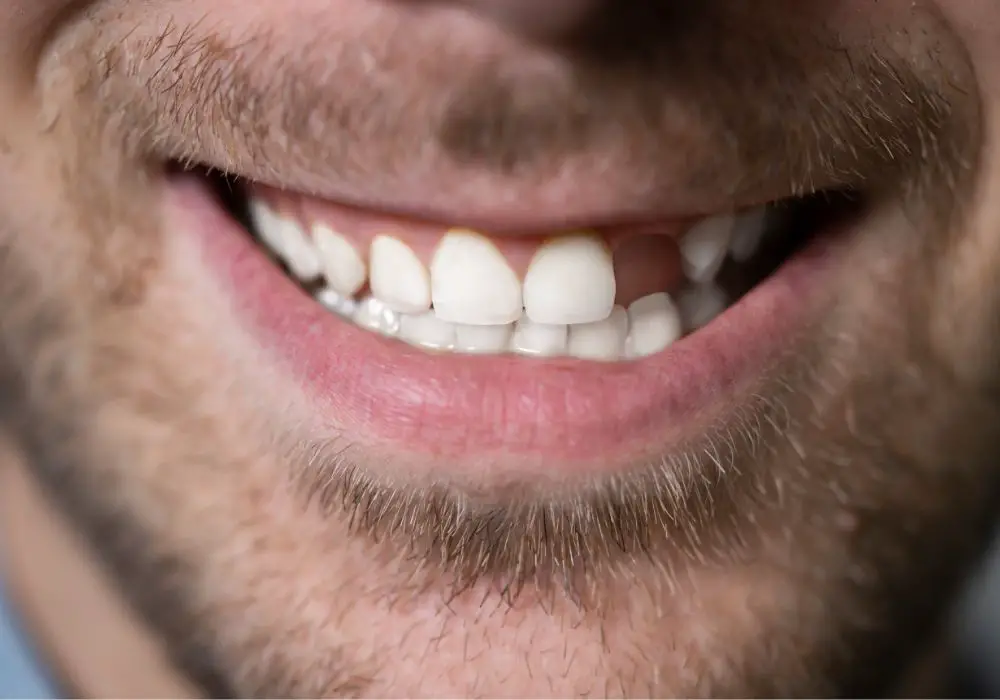
After emergency replantation, meticulous daily oral hygiene is crucial while the tooth mends:
- Take prescribed antibiotics to prevent infection around the replanted tooth. Infections can cause loss of the tooth. Complete the full course properly.
- Rinse gently with antibacterial mouthwash like chlorhexidine. This discourages bacterial growth.
- Eat a soft, non-chewy diet. Avoid crunchy, sticky, and hard foods that could dislodge the replanted tooth while it heals.
- Brush extremely gently. Use a soft brush and avoid the replanted tooth and surrounding area until healed.
- Don’t floss around tooth initially. Avoid fishing floss and picks near the replanted tooth.
- Don’t smoke or use tobacco. Smoking impairs circulation and slows healing.
- Use OTC pain relievers as needed for discomfort. But avoid aspirin as it can inhibit clotting.
- Keep all follow-up appointments. Monitoring by your dentist is imperative.
Call the dentist if any worrisome symptoms arise like pain, swelling or oozing. With diligent at-home care between dental visits and close professional monitoring, a replanted tooth can fully recover and last many years.
Knocked out tooth FAQs
Q: Can you put back a baby tooth that falls out?
A: No, avulsed primary teeth should not be replanted. Let the permanent tooth take its natural course moving into place. Replanting could disrupt or damage the permanent tooth developing underneath.
Q: What are signs a replanted tooth is failing or dying?
A: Signs include pain, swelling, continued mobility, dark discoloration, sensitivity to temperature extremes, or development of infection around the tooth site. Call your dentist promptly if any worrisome symptoms arise.
Q: How effective is replanting a tooth after 2-3 hours dry?
A: After a few hours completely dry, success rates for replantation decrease significantly. But still seek emergency dental treatment ASAP in hopes of preserving the tooth. Handle the dry tooth very carefully.
Q: Can a tooth be put back into place years after being knocked out?
A: Unfortunately no – the cells on the root surface will not survive more than an hour or two without moisture. Replantation is only possible within the first couple of hours after the tooth is knocked out.
Q: How long do replanted permanent teeth typically last?
A: With successful replantation and very diligent home care, replanted mature teeth may potentially last for many years or decades. But they tend to be more prone to problems like infection or reinjury. Lifelong dental vigilance is important.
In summary
Knocked out permanent teeth often can be saved by prompt emergency replantation and follow-up care. Quickly find the tooth, handle it gently, and transport it to the dentist in an appropriate storage medium like milk or saline. Seek treatment ASAP, ideally within 30 minutes. With rapid professional intervention, many avulsed permanent teeth can be successfully returned to function and healed to last for years to come. Maintain excellent oral hygiene during recovery and keep all needed follow-up visits with your dentist.


